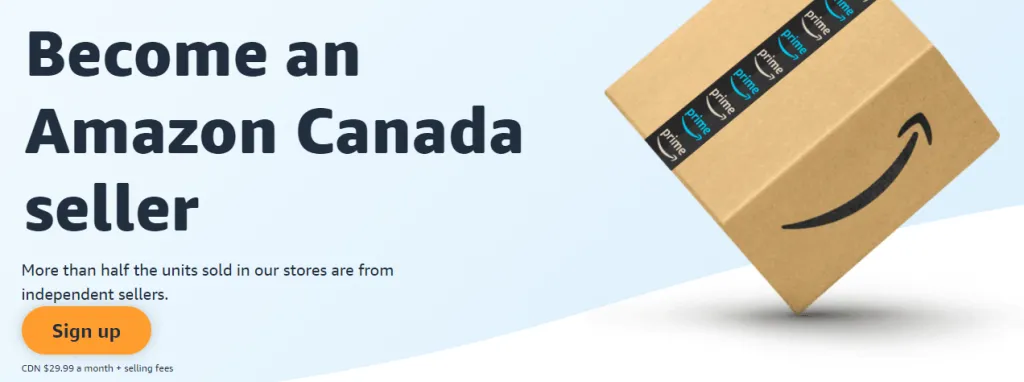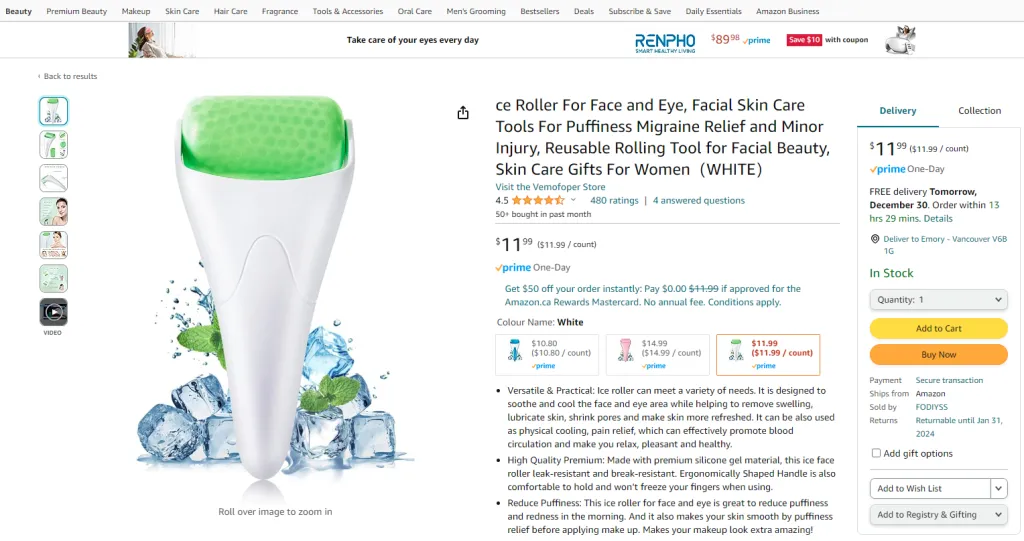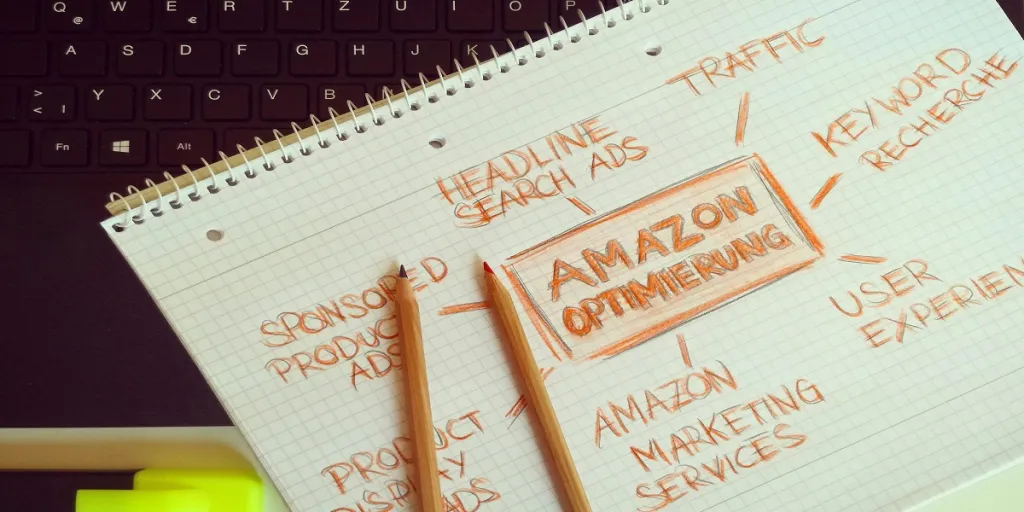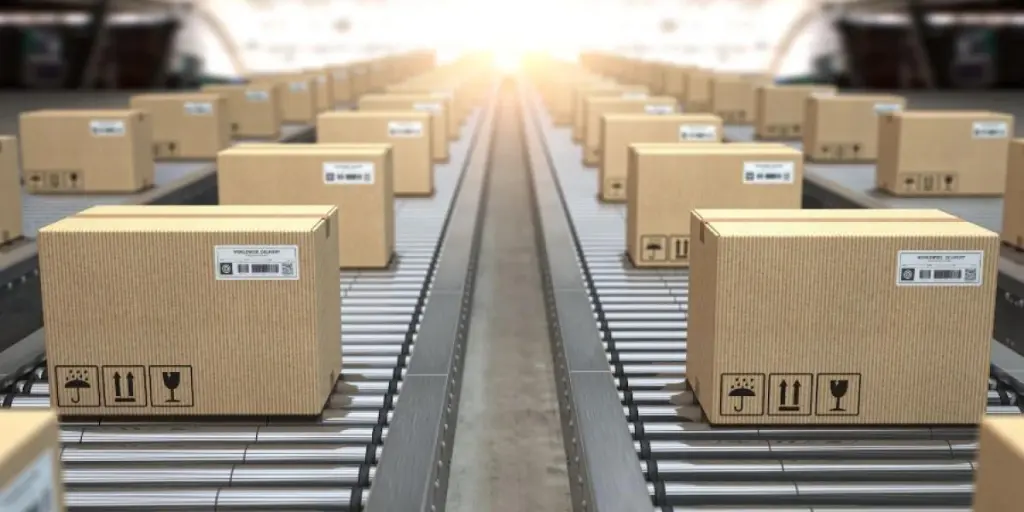Entrepreneurs are constantly seeking innovative ways to establish their presence and carve out a niche. One recent strategy that has gained significant traction is starting a private-label business on Amazon. This approach allows individuals to brand and sell products as their own, providing a unique avenue for business ownership and growth.
Here, we’ll walk you through the essential steps to embark on your private-label journey and unlock the vast potential of the Amazon marketplace.
Table of Contents
What is a private-label business?
Why sell private-label products on Amazon?
Step-by-step guide to starting a private-label business on Amazon
Final thoughts
What is a private-label business?
A private-label business involves the manufacturing of products by one company (the manufacturer or supplier) and then branding and selling those products under the brand name of another company (the retailer or reseller).
In other words, a company creates a product, but another company puts its own brand on it and sells it as if it were its own.
Why sell private-label products on Amazon?
Selling private-label products on Amazon offers several advantages for entrepreneurs and businesses, making it an attractive and lucrative venture.
Here are some compelling reasons why individuals choose to sell private-label products on the Amazon platform:
- Brand ownership and control: Private labeling allows sellers to create and own their brand, which provides control over product design, packaging, and marketing, enabling differentiation in a competitive marketplace.
- Profit margins and cost control: Private-label products often offer higher profit margins compared to reselling existing brands. By sourcing products directly from manufacturers, sellers can cut out intermediaries, reducing costs and increasing potential profits.
- Customization and differentiation: Private-label products can be customized to meet specific market demands or to differentiate from competitors. Sellers can choose product features, packaging, and branding elements, allowing them to cater to a unique target audience.
- Access to Amazon’s customer base: Amazon is one of the largest e-commerce platforms globally, with a massive customer base. Selling on Amazon provides access to a ready-made audience, helping sellers reach customers who actively search and shop on the platform.
- Fulfillment by Amazon (FBA) services:
- Amazon offers the Fulfillment by Amazon (FBA) service, which handles storage, packing, shipping, and customer service. This allows sellers to focus on growing their business without dealing with logistics, providing a streamlined and efficient fulfillment process.
- Products enrolled in the FBA program are often eligible for Amazon Prime, which can significantly boost sales. Prime members benefit from fast shipping and other exclusive perks, making products more attractive to a large segment of Amazon’s customer base.
- Global reach: Amazon allows sellers to reach customers globally, opening up opportunities for international expansion. This can be particularly advantageous for private-label businesses looking to tap into diverse markets and capitalize on global consumer trends.
- Lower marketing costs: With Amazon’s built-in customer base and search engine, sellers can benefit from lower marketing costs than starting an independent e-commerce website. Amazon’s platform itself acts as a marketing tool, helping products get discovered by potential buyers.
- Reliable payment processing: Amazon provides a secure and reliable payment processing system, reducing concerns related to payment transactions.
While selling private-label products on Amazon offers numerous advantages, success requires careful planning, effective marketing, and a commitment to delivering quality products and customer service. Entrepreneurs should conduct thorough market research and stay informed about changes in Amazon’s policies to successfully navigate the dynamic e-commerce landscape.
Step-by-step guide to starting a private-label business on Amazon
Here is what you’ve been waiting for—a step-by-step guide to starting a private-label business on Amazon:
1. Product research

Success in the private-label business begins with thorough research. Amazon offers many product categories, each with its own opportunities and challenges. Conduct market research to identify a niche that aligns with your interests, has sufficient demand, and is balanced with competition. Tools like Jungle Scout and Helium 10 can provide valuable insights into market trends, competition levels, and potential profit margins.
Selecting the right product is a critical decision that can significantly impact your business’s success. Consider products with customization possibilities, allowing you to differentiate your brand in a crowded marketplace. Evaluate factors such as product size, weight, and manufacturing complexity.
Striking a balance between demand and competition is vital to finding a lucrative product that aligns with your business objectives.
Learn more about how to pick a winning product for selling on Amazon.
2. Find a reliable manufacturer or supplier

With your product chosen, it’s time to establish a partnership with a manufacturer or supplier. Look for reliable partners who can deliver high-quality products consistently. Request samples to assess the product’s quality firsthand and ensure it meets your specifications. Building a strong relationship with your manufacturer is crucial for the long-term success of your private-label business.
Use Alibaba’s search and filtering features to find potential suppliers. Filter results based on criteria such as product category, minimum order quantity (MOQ), and supplier location.
3. Create a unique brand identity

Your brand is more than just a logo; it’s the essence of your business. Develop a unique brand name, logo, and overall identity that resonates with your target audience.
Design eye-catching packaging that not only protects your product but also stands out on the Amazon platform.
A strong brand identity contributes to customer trust and loyalty, setting the stage for success in a competitive marketplace.
Brand building has many aspects; here are 7 simple steps to help you build your brand. And some additional tips on how to establish strong brand positioning in your market.
4. Set up your Amazon seller account

Before you can start selling on Amazon, you need to create a seller account. Ensure that your account information is accurate and that you comply with Amazon’s seller policies.
5. List your private-label product effectively
Creating a compelling product listing is crucial for attracting potential customers.
- Invest time crafting a detailed and engaging product description (here are some tips on using ChatGPT to write product descriptions).
- Use high-quality images that showcase your product from various angles. Learn more about the different types of e-commerce product photography that your business can use. And here are some tips on taking product photos yourself.
- Optimize your product listing with relevant keywords to enhance search visibility.

A well-optimized listing improves the chances of your product being discovered by potential customers browsing Amazon.
Also, think about competitive pricing. Innovative pricing leads to greater customer retention and greater profits. There are 3 common pricing strategies: markup pricing, competitive pricing, and penetration pricing. Learn more about these pricing strategies and how to implement them.
6. Decide on your fulfillment method
When it comes to fulfilling orders, you have two primary options: Fulfillment by Amazon (FBA) or Fulfillment by Merchant (FBM).
- FBA involves storing your products in Amazon’s warehouses, and they handle the packing, shipping, customer service, and returns.
- FBM means you take care of the fulfillment process, including shipping and customer service.
Consider the pros and cons of each method and choose the one that aligns with your business model and objectives. Unsure which is best for your business? Learn more about each method here.
7. Implement a robust marketing strategy

Launching your product on Amazon is just the beginning; you need an effective marketing strategy to drive sales. Leverage Amazon Advertising to increase your product’s visibility through sponsored product listings. Utilize both organic and paid strategies to reach a wider audience. Social media platforms can also be valuable for promoting your brand and driving traffic to your Amazon listings.
8. Prioritize customer service and reviews
Exceptional customer service is the cornerstone of a successful private-label business. Provide timely and helpful responses to customer inquiries, address issues promptly, and strive for customer satisfaction. Positive reviews play a crucial role in building credibility and trust.
Good reviews are essential for businesses to get customers to buy their products and services. That’s not surprising, considering many customers will likely spend 31 percent more on a business with great reviews.
Encourage satisfied customers to leave reviews, and actively manage your online reputation to maintain a positive brand image.
Here are 10 simple steps that can help businesses get better online reviews. Also, here is some further advice on how to boost your profits with positive Amazon reviews.
9. Monitor, optimize, and adapt
The e-commerce landscape is dynamic, and staying ahead requires continuous monitoring and optimization. Regularly analyze your sales performance, customer feedback, and product metrics. Use this data to make informed decisions and optimize your product listings, marketing strategies, and inventory management. Stay abreast of changes in Amazon’s policies and adapt your approach accordingly.
Final thoughts
Embarking on a private-label business journey on Amazon is an exciting endeavor with immense potential. By conducting thorough research, making informed decisions, and prioritizing customer satisfaction, you can navigate the complexities of the Amazon marketplace and build a profitable and sustainable business.
For selling on Amazon, here are some helpful resources:
- Guide to selling beauty products on Amazon
- How to win the Amazon Buy Box
- How Amazon buy with prime can boost sales
- 5 Tips for new Amazon seller accounts
- 6 Tips to help businesses rank higher on Amazon listings
- 10 Essential Amazon selling tips businesses need to know
- Comprehensive guide to using Amazon’s brand registry
- How to handle suspended Amazon accounts
- Essential Amazon seller KPIs to help measure and ensure success
- How to counter unauthorized Amazon product vendors
- 7 Simple Amazon pay-per-click (PPC) strategies to boost sales
- Guide to Amazon Ads Bidding
- How to boost your profits with positive Amazon reviews
- Pros and cons of Amazon piggybacking
- 9 ChatGPT prompts to boost your Amazon sales








